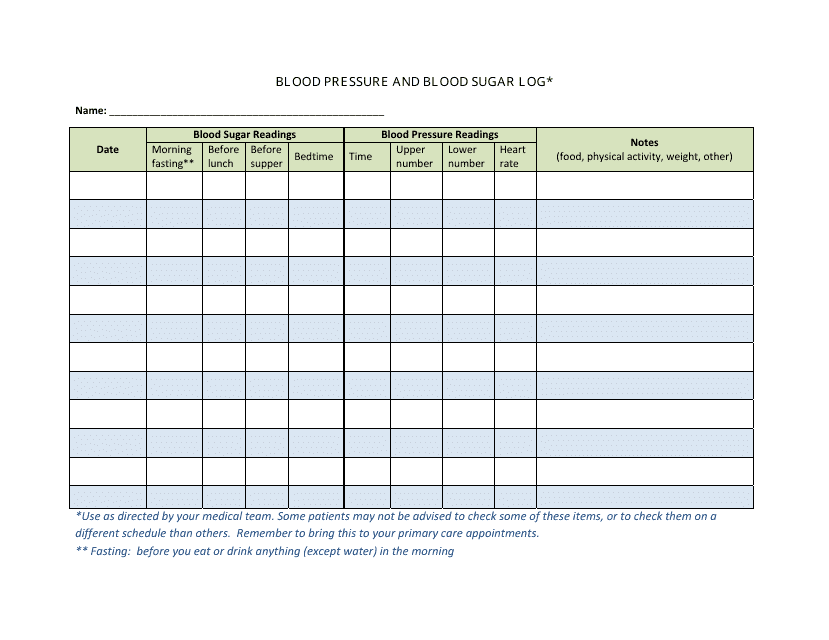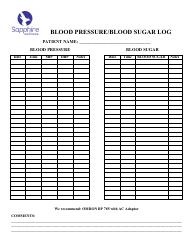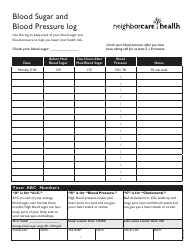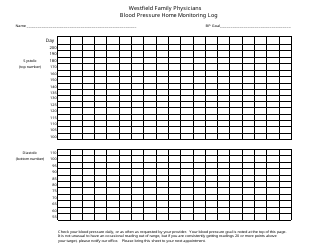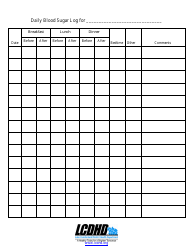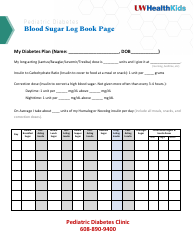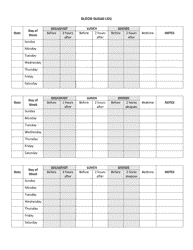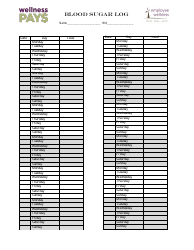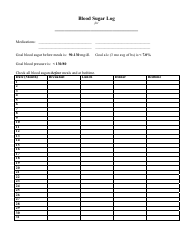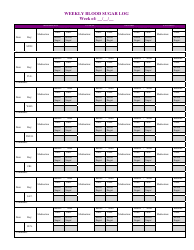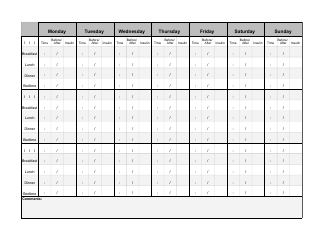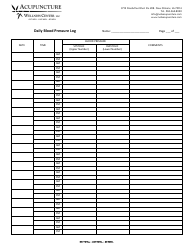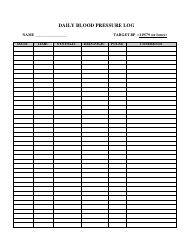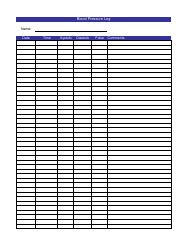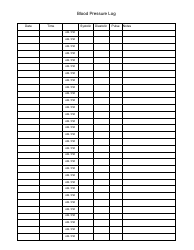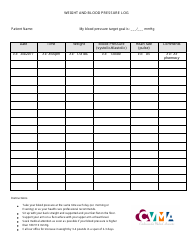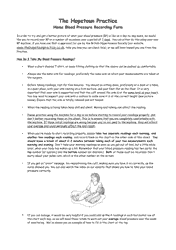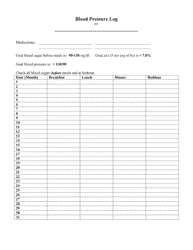Blood Pressure and Blood Sugar Log
A Blood Pressure and Blood Sugar Log is typically used to keep track of an individual's blood pressure and blood sugar levels over a period of time. It can help monitor and manage conditions such as hypertension or diabetes. By recording these measurements regularly, it becomes easier to identify trends, make adjustments to treatment plans, and communicate with healthcare providers.
FAQ
Q: Why should I keep a blood pressure and blood sugar log?
A: Keeping a log helps you track your readings over time and identify any patterns or changes.
Q: How often should I measure my blood pressure and blood sugar?
A: It's usually recommended to measure your blood pressure at least once a day and your blood sugar as directed by your healthcare provider.
Q: What is a normal blood pressure reading?
A: A normal blood pressure reading is typically around 120/80 mmHg.
Q: What is considered high blood pressure?
A: High blood pressure, or hypertension, is generally defined as having a reading of 130/80 mmHg or higher.
Q: What is a normal blood sugar level?
A: A normal blood sugar level is usually between 70-120 mg/dL before meals and below 180 mg/dL after meals.
Q: What is considered high blood sugar?
A: A blood sugar level of 180 mg/dL or higher is usually considered high.
Q: What should I do if my blood pressure or blood sugar readings are consistently high?
A: If your readings are consistently high, it's important to discuss them with your healthcare provider to determine the best course of action.
Q: How can I improve my blood pressure and blood sugar levels?
A: Lifestyle changes such as maintaining a healthy diet, regular exercise, and managing stress can help improve blood pressure and blood sugar levels.
Q: Is it necessary to keep a log if I have normal blood pressure and blood sugar?
A: While it may not be necessary, keeping a log can still be useful for monitoring any changes or trends over time.
Q: What should I do if my blood pressure or blood sugar readings are consistently low?
A: If your readings are consistently low, you should consult with your healthcare provider to determine the underlying cause and appropriate treatment.
